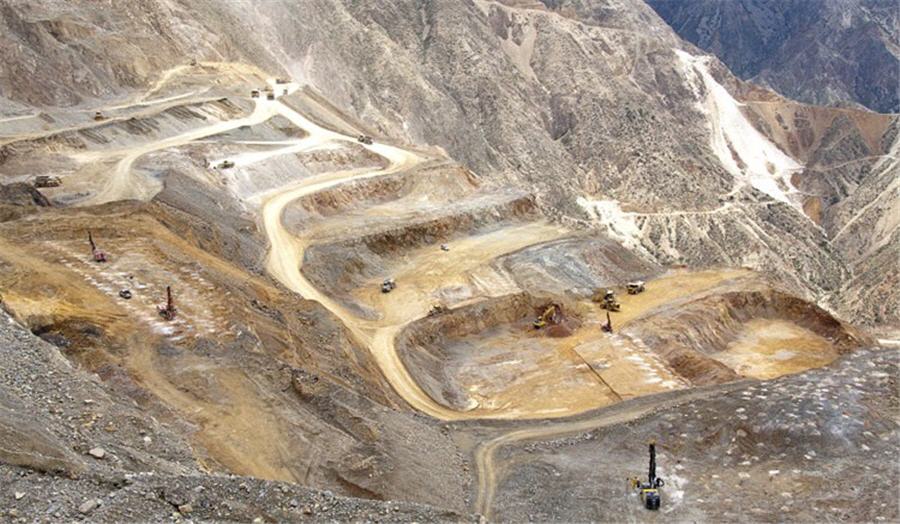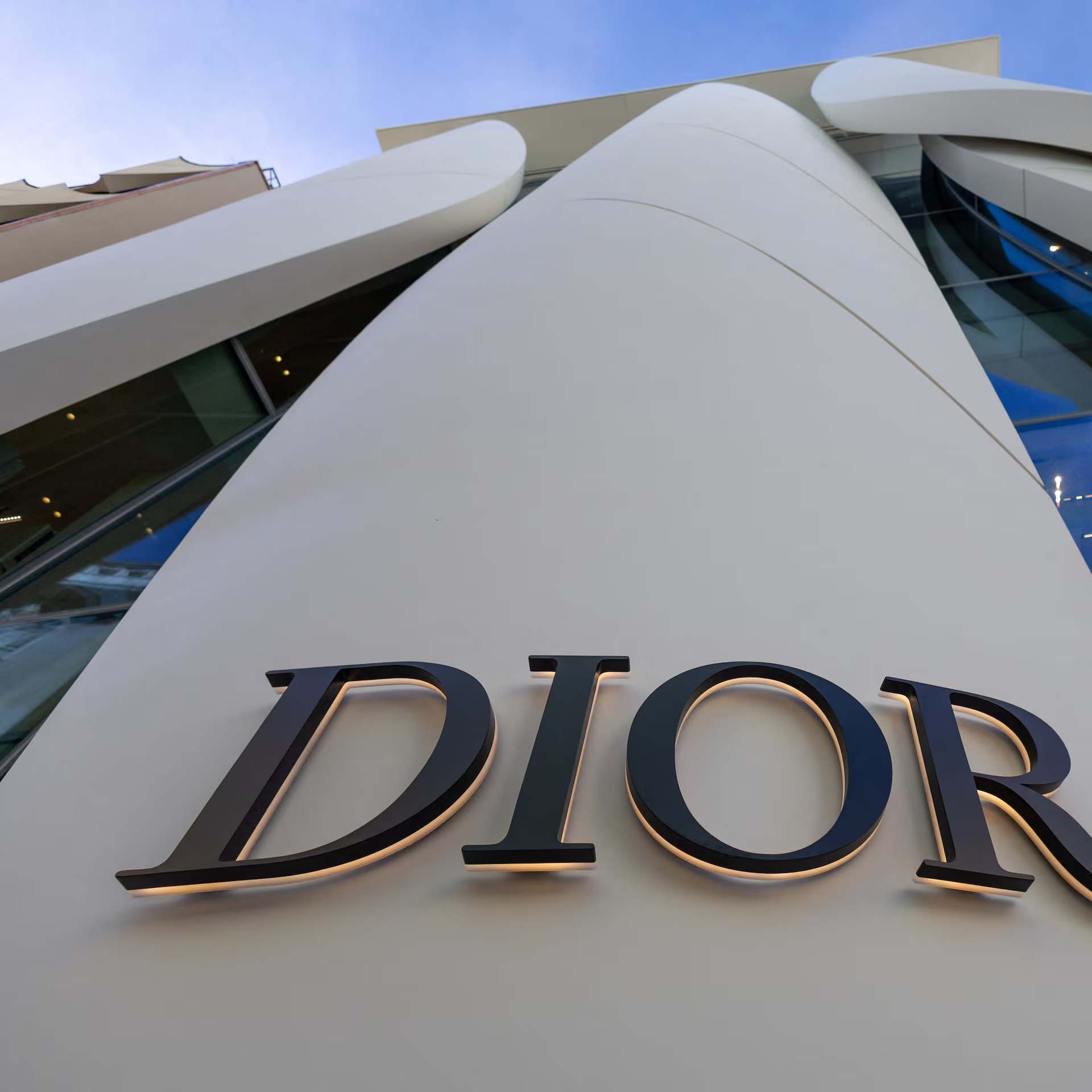The Gualcamayo gold mine in Argentina is preparing for a transformative investment worth $665 million, with plans to establish a new mining project under the country’s recently launched Large Investment Incentive Regime (RIGI).
Leveraging Argentina’s New Investment Framework
The RIGI programme, introduced by President Javier Milei in October, is designed to attract large-scale investments exceeding $200 million. It offers significant tax breaks, access to international arbitration courts, and guarantees of regulatory stability through July 2026, with the possibility of a one-year extension.
Executives at Minas Argentinas — the Aisa Group subsidiary that owns Gualcamayo — underscored that the new framework provides the “legal certainty” needed for long-term mining operations. The company has scaled back its original $1 billion proposal to align with RIGI parameters, ensuring the project can fully benefit from the incentives.
From a Struggling Mine to Expansion Plans
Once on the verge of closure, Gualcamayo was acquired by Minas Argentinas in 2023 and currently produces between 50,000 and 55,000 ounces of gold annually through secondary recovery methods. The new investment will fund:
- Development of the Carbonatos Profundos mine, located beneath the current site, targeting gold from sulphide ore.
- A pressure oxidation plant to process the ore efficiently.
- A 50MW solar park to provide renewable energy for operations.
The Carbonatos Profundos mine is projected to begin construction in 2027, with output expected from 2029, delivering around 120,000 ounces of gold annually over an estimated 17-year mine life. Exports could reach $400 million per year, according to company estimates.
Untapped Potential
Minas Argentinas reports that Gualcamayo holds 3 million ounces of proven reserves and 5 million ounces of certified resources — with only 3% of the 40,000-hectare site explored so far, leaving considerable upside for future expansion.
Wider Industry Context
Argentina’s gold sector has been under pressure due to ageing mines and declining ore grades, but gold remains the country’s largest mining export, accounting for nearly 68% of total mineral exports. The government hopes the RIGI programme will spark renewed momentum in the sector.
In parallel, the government has also approved other high-profile projects under the scheme, including Rio Tinto’s $2.5 billion Rincon lithium project in Salta province, further signaling Argentina’s ambition to attract global mining capital.
Strategic Outlook
For Gualcamayo, the $665 million commitment marks not just an expansion project, but a pivot towards long-term sustainability and growth. By integrating renewable energy and modern processing, the mine aims to secure its role as a cornerstone of Argentina’s gold production for decades to come.
Partner With Us
Want to feature your brand, business, or service on 365247 — Whether you’re looking to sponsor, collaborate, or build presence within our ecosystem, we’d love to explore it with you.
Submit your interest here
IMAGE: Reuters


